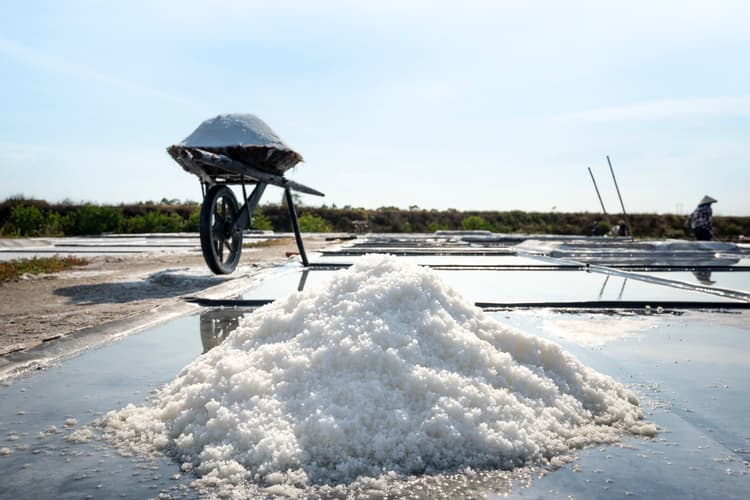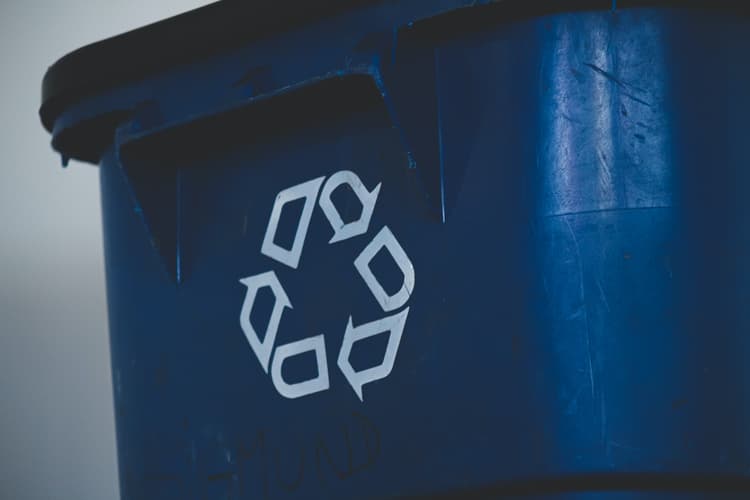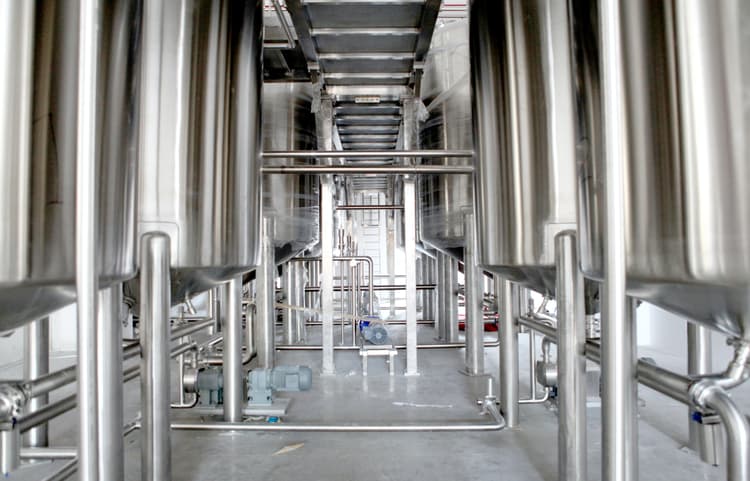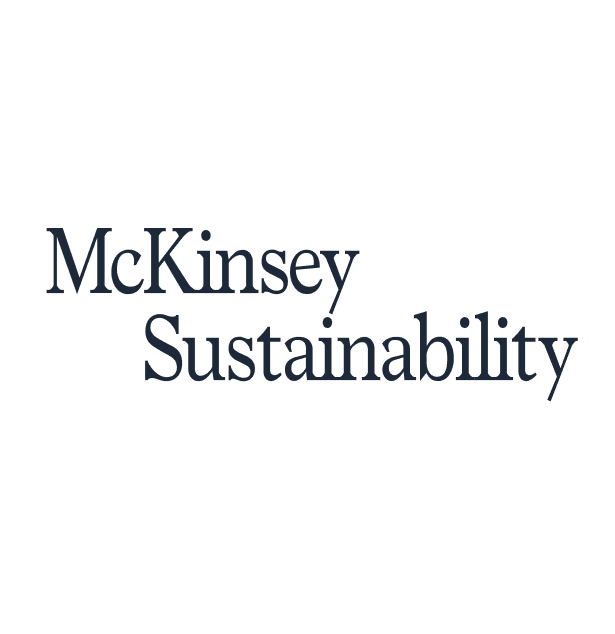Action Type
Quick Wins

National manufacturing of sodium chlorite using clean energy
Cutting emissions by reducing imports while addressing Scope 2 emissions through the use of clean electrical energy.

Use efficient packaging to reduce food waste
Packaging can reduce food waste by extending shelf life and preventing contamination. However, packaging strategies should be carefully designed to minimize waste and emissions.
 The Carbon Trust
The Carbon Trust
Design low-carbon products with circular economy principles
Design low carbon products by incorporating circular economy principles into product design focusing on eco-friendly materials & energy efficiency.

Change product standard requirements to reduce food waste
Large volumes of food are discarded because they don’t meet aesthetic standards. Changing product standards could reduce food waste, associated emissions, and financial losses.
 The Carbon Trust
The Carbon Trust
Build with biobased materials
Building with biobased materials instead of CO2 intensive materials like concrete reduces CO2 emissions and energy consumption in buildings.

Use of PCR plastics to lower carbon footprint
Replace virgin plastic by using PCR (post-consumer recycled) plastics in products to reduce GHG emissions, conserve natural resources and divert waste from landfills and oceans
 Acer
Acer
Sorting and recycling technologies for paper and textile
Adopting sorting technologies combined with improved design and better integration of recovered paper into manufacturing processes can reduce GHG emissions improving resource efficiency.
 Forest Solutions Group
Forest Solutions Group
Invest in innovative pulping and paper making technologies
Adopting technologies that are more efficient than conventional methods will reduce GHG emissions from fuel combustion, and reduce the energy inputs associated with paper production
 Forest Solutions Group
Forest Solutions Group